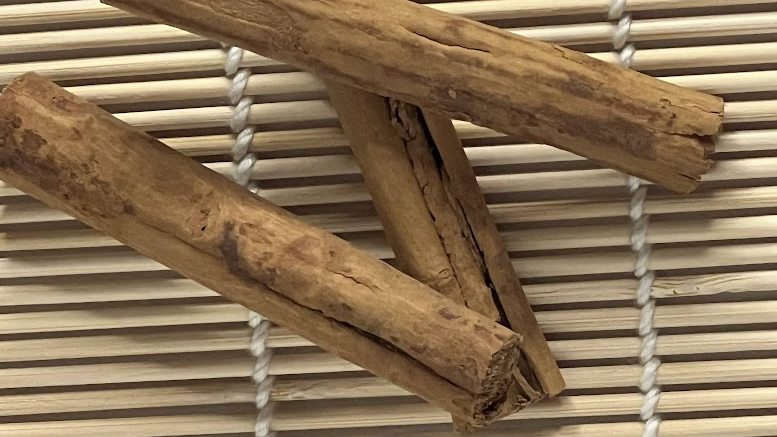Cinnamon—the warm, fragrant spice made from the dried inner bark of a bushy evergreen tree from the laurel family—has enchanted cooks, healers, and traders for centuries. Native to Sri Lanka, southern India, and Myanmar, cinnamon has spread across the tropics and into the heart of kitchens around the world.
Delicately sweet and woody, cinnamon offers a rich aroma and a comforting depth of flavour that enhances both sweet and savoury dishes. Once considered more valuable than gold, it was traded across ancient routes and prized in medicine, religion, and even magic. Today, its global appeal remains as strong as ever.
Cinnamon in Asian Cuisine
Cinnamon plays a central role in the spice traditions of Asia, adding warmth and complexity to a diverse array of dishes:
- In Indian cooking, cinnamon is a key element in spice blends like garam masala, and features prominently in curries, biryanis, and desserts like kheer.
- In Chinese cuisine, cinnamon forms part of five-spice powder and enhances braised meats, duck, and rich soups.
- In Southeast Asia, it appears in dishes like Indonesian beef rendang, Thai tea, and certain curry pastes, lending subtle warmth and complexity.
- In Middle Eastern and Central Asian-influenced cuisines, which have shaped parts of Western Asian cooking, cinnamon is used in lamb tagines, pilafs, and spiced sweets.
Cinnamon pairs beautifully with fellow warm spices like cloves, ginger, and star anise, making it a cornerstone of complex spice blends and fragrant broths.
Whether simmered in a stew, steeped in tea, or dusted over dessert, cinnamon brings a luxurious, aromatic note to countless Asian recipes.
Varieties and Forms
There are two primary types of cinnamon available in shops:
- Ceylon cinnamon (also known as “true cinnamon”), lighter in colour and flavour, commonly used in South Asian and international cooking.
- Cassia cinnamon, darker and bolder, more commonly found in Chinese and Southeast Asian dishes.
Both are available in two main forms:
- Cinnamon sticks (quills): Ideal for slow-cooked dishes, infusions, or grating fresh when needed. They provide an intense, aromatic flavour and can be removed easily from dishes before serving.
- Ground cinnamon: Convenient for quick use, baking, and sprinkling, though slightly less aromatic than freshly ground sticks.
Storage and Kitchen Tips
To maintain maximum flavour:
- Store cinnamon in a cool, dry place, away from light.
- Keep ground cinnamon in an airtight container—it typically lasts 6–12 months before fading in potency.
- Whole sticks can retain flavour for up to 2 years and are best stored whole until needed.
If you’re using cinnamon frequently in curries, stews, or desserts, consider investing in a spice grater or mortar and pestle to freshly grind your own from sticks for maximum impact.
From a comforting mug of spiced tea to the aromatic base of a hearty curry, cinnamon’s versatility and warm flavour profile have made it a cherished ingredient across Asian kitchens for generations. A little goes a long way—just a stick or pinch can transform a dish from simple to soul-warming.

